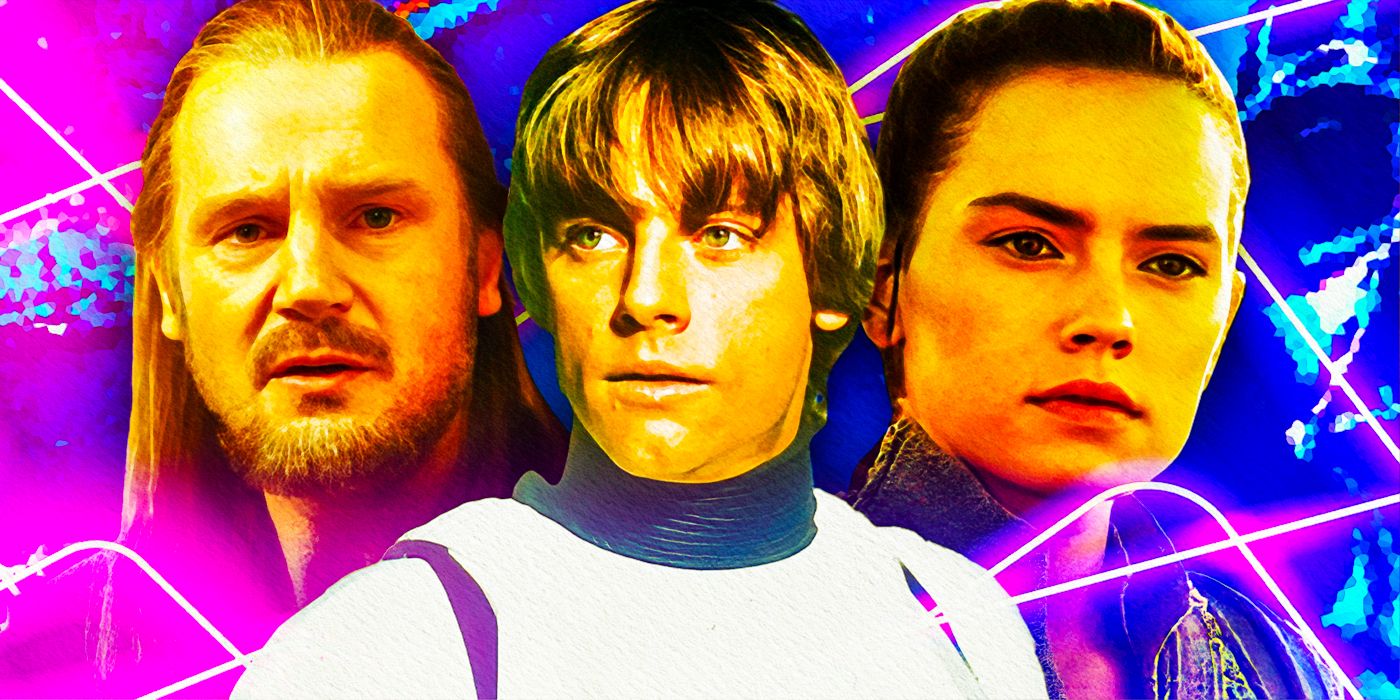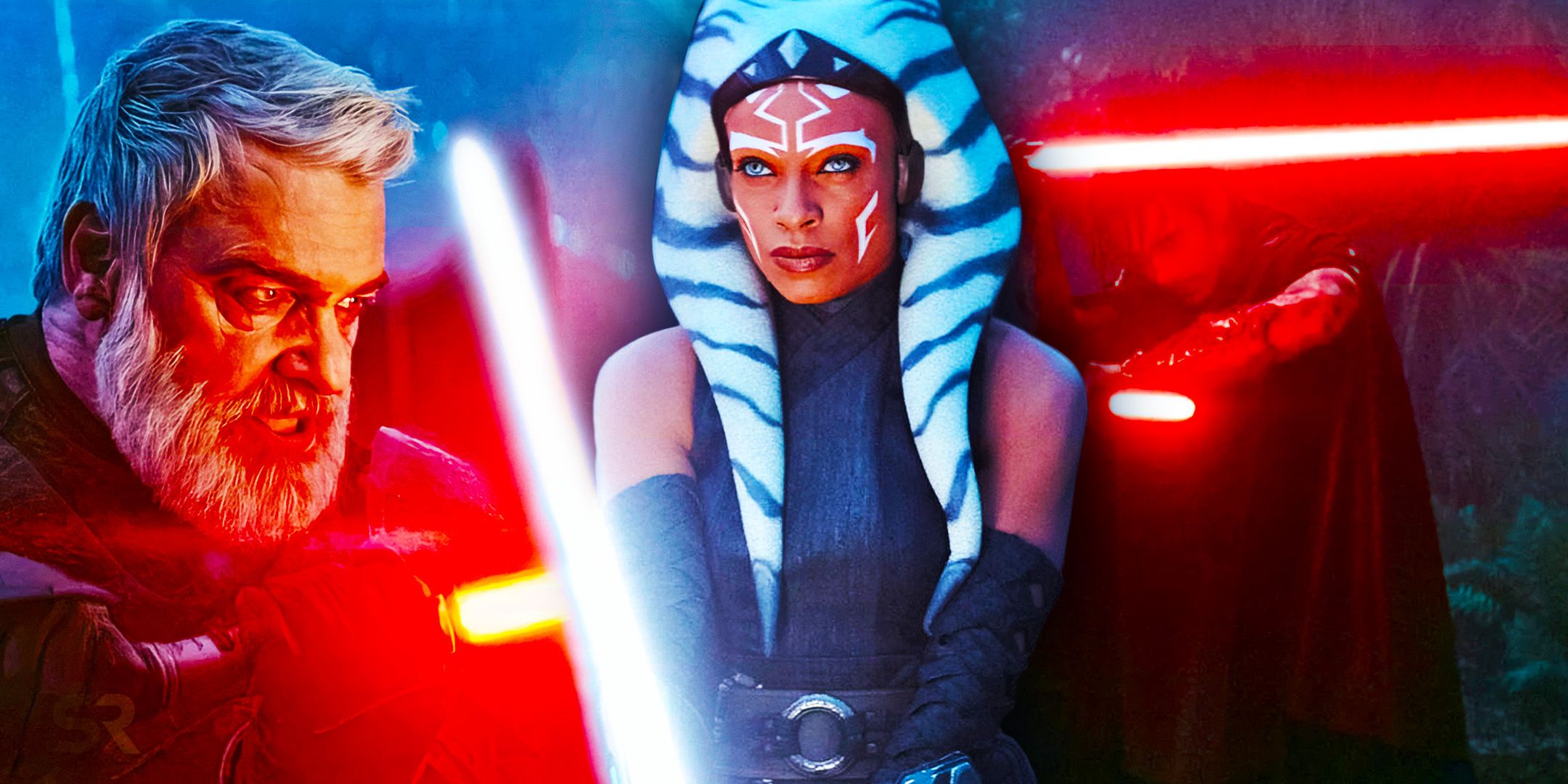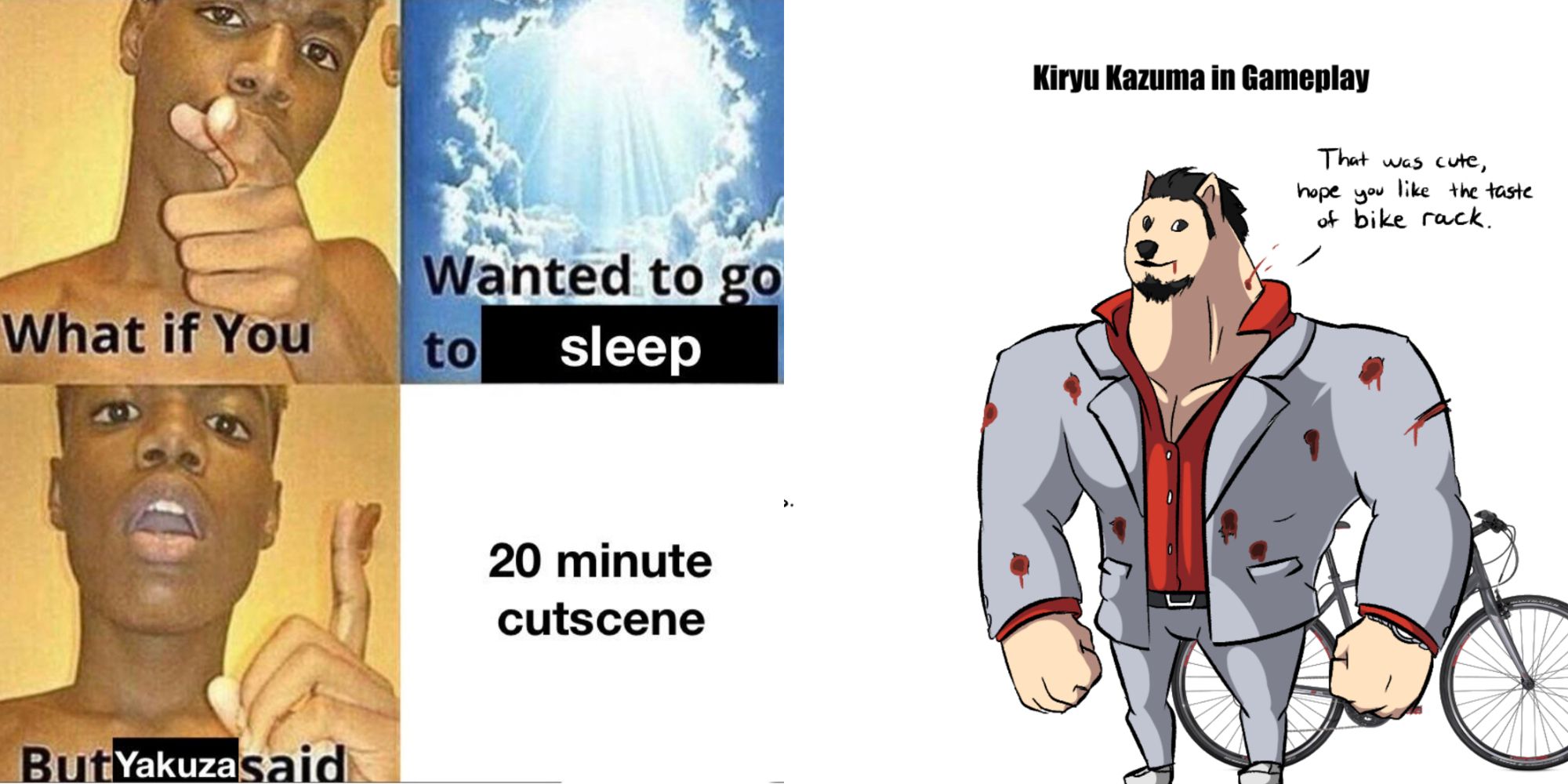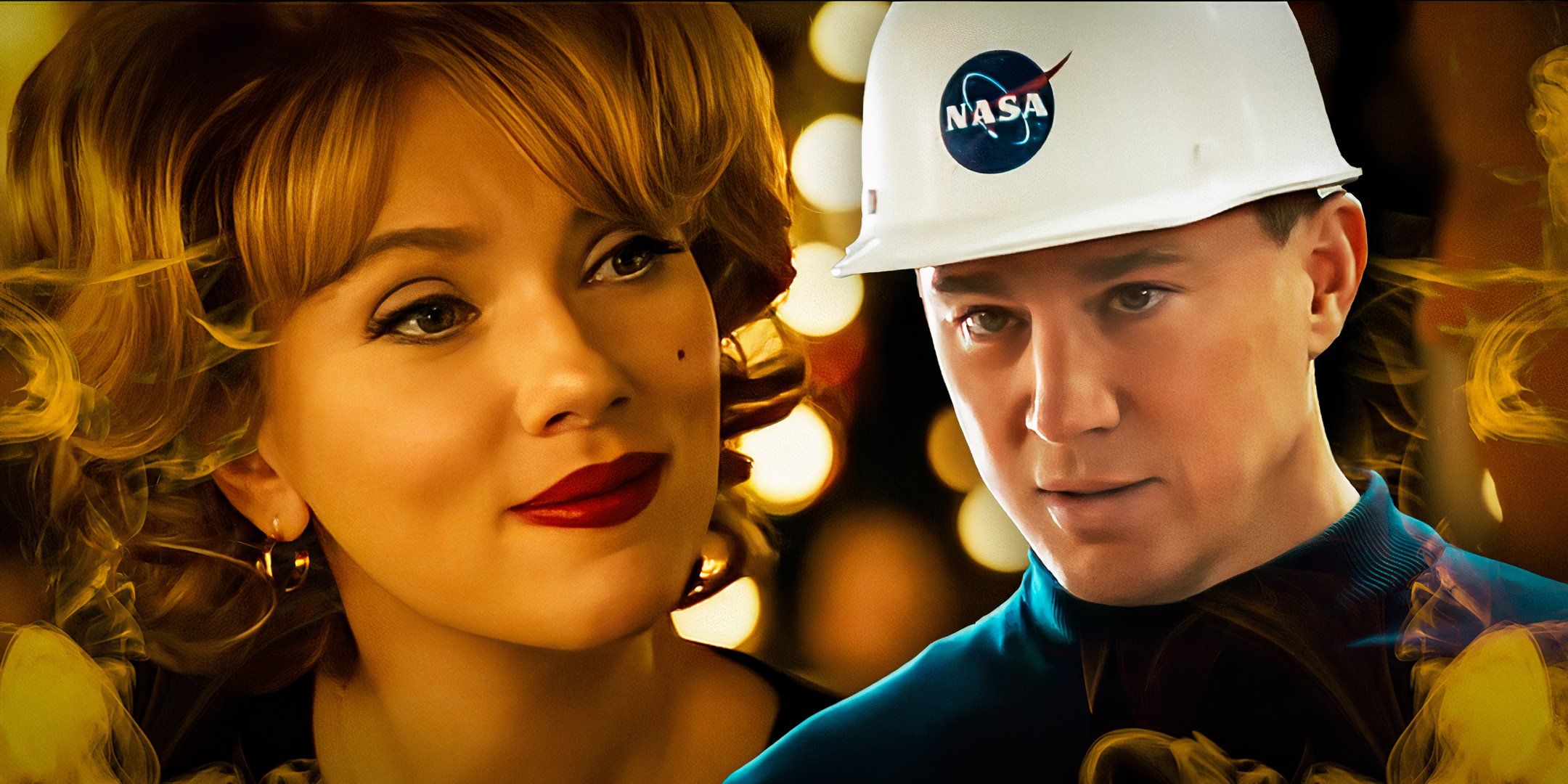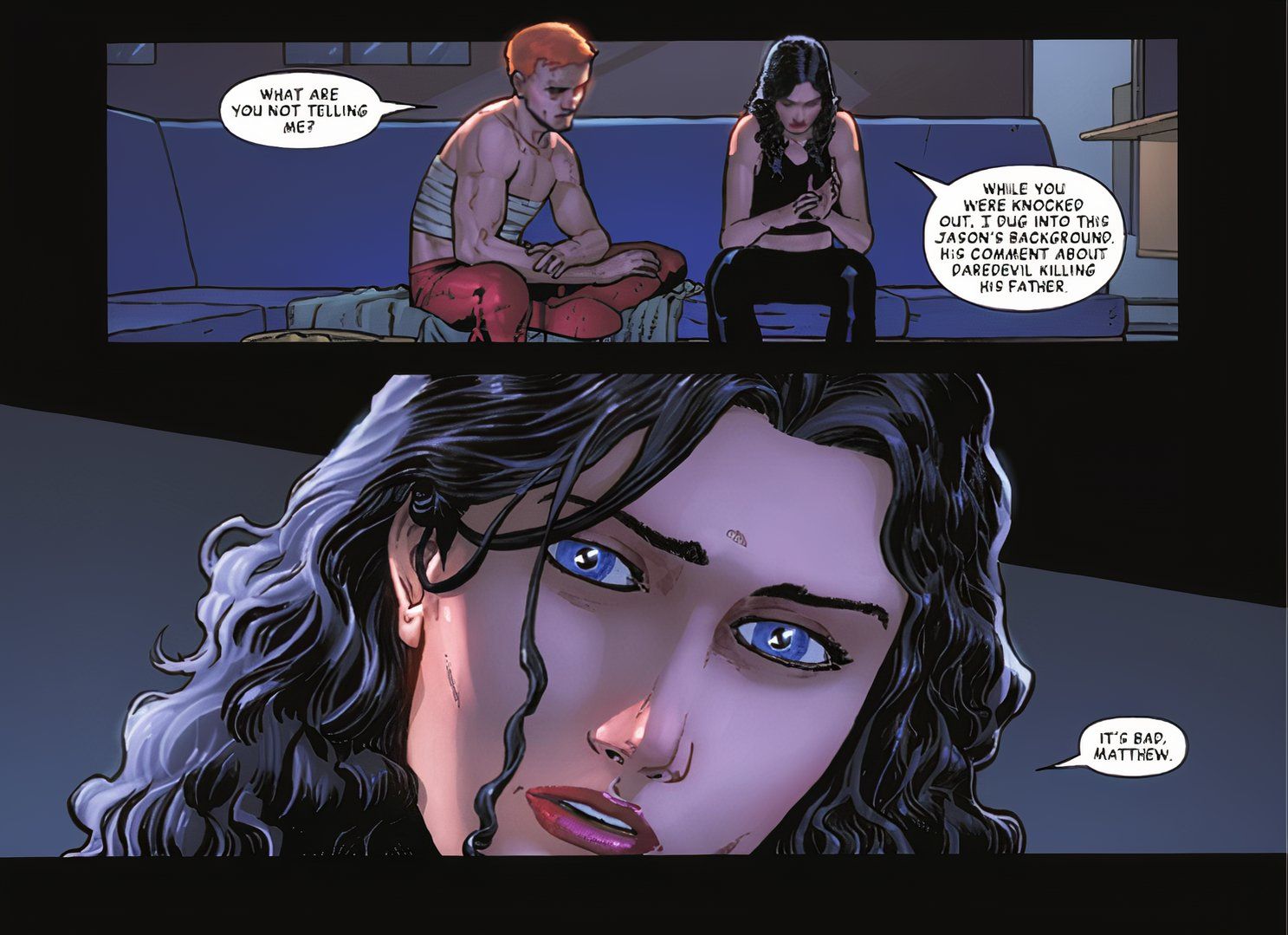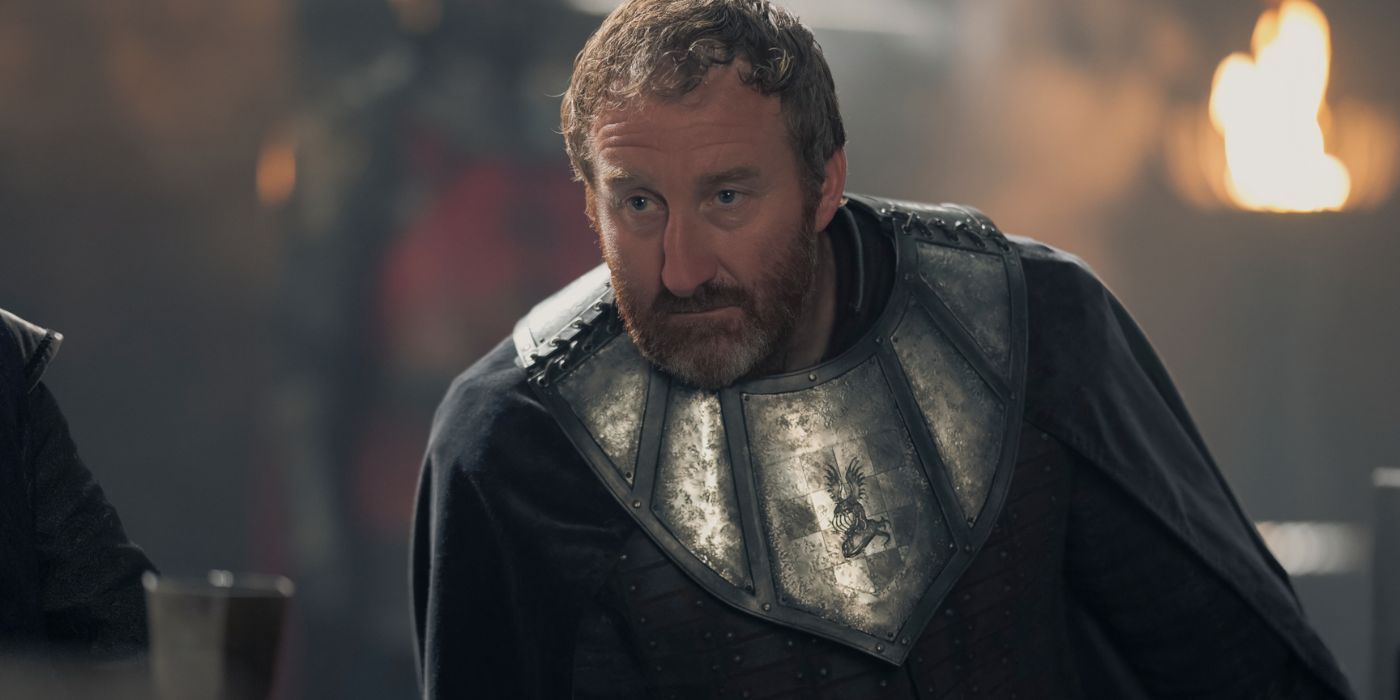The villains within the Marvel universe are some of the most powerful in all of existence. While many are multidimensional, redeemable characters, others are the image of pure evil. Amongst these is the extremely strong mercenary, Crossbones. His jacked appearance and painted mask give him a threatening look. While Crossbones may be one of Marvel’s most visually appealing villains, the ideology he stands for makes this cool exterior that much more problematic.
Crossbones, aka Brock Rumlow, is a familiar face in both the MCU and modern Marvel comics. His trademark look consists of a painted mask and vest. Similar to the Punisher, his look has an intimidating, but cool vibe. He appears to be ready to kill at any given time. Not only is his look rad, but his skills are nothing to be laughed at. The expert fighter has mastered combat at every capacity. Matched with his incredible agility and physical strength, the villain gives any hero a run for his money.
The high profile villain’s recent appearance in Captain America #26 brings the necessity of such a villain in the modern age into question: is there a place for characters like Crossbones in such influential media? While not the only one, Crossbones is a Neo-Nazi within the Marvel universe. His views align with the villainous organization Hydra so well that he joins forces with its members. He idolizes the infamously racist villain, Red Skull, who modeled his actions after none other than Hitler himself. Creating such an iconic villain to symbolize the Neo-Nazi ideology is not only unsettling but highly problematic.
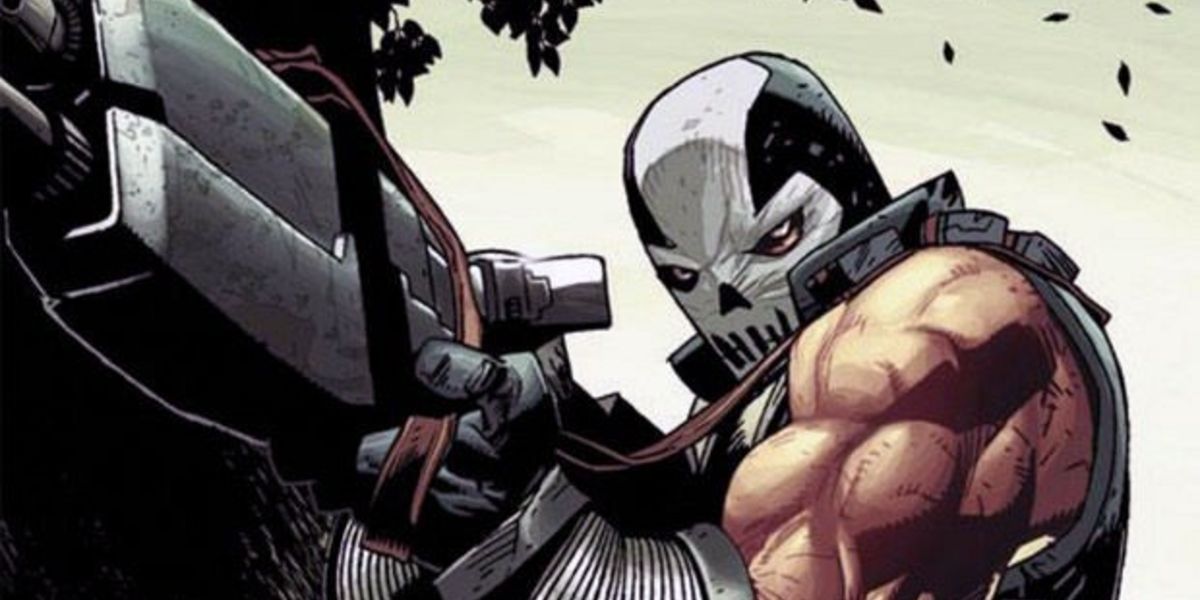
While pop culture undoubtedly sets precedents for society, superheroes and villains contribute to that precedent greatly. Kids often look up to their favorite hero. However, when villains are painted as the glamorous ones, with cool looks and hardcore powers, franchises risk their younger consumers finding role models in the villains instead. Is there a significant risk in letting kids look up to characters like Loki (villains with individual evil ideas and redeemable qualities)? Maybe not, but the same can not be said about a white supremacist like Crossbones. A character may be villainous for holding a grudge against a singular hero (looking at you, Green Goblin), but that has different implications than a character with harmful, real-world ideology.
The imagery within comics and movies alike have an immense amount of power. Fans of Captain America saw this when they watched Hydra Captain America lift Thor’s hammer, Mjolnir, during Secret Empire. The page showed Hydra Cap holding the hammer with the phrase “they were worthy” in a text box alongside the image. While it was later explained how he was actually able to lift it, proving he was not worthy, the imagery still holds a lasting impact. Mjolnir only works with a “worthy” yielder. This spread hinted at the idea of Hydra Cap, the Nazi-affiliated fighter… a good person? This moment can be, and has been, looked at even closer as a form of hate within the pages of Marvel Comics, showing how powerful any given symbol can be.
For a character that adapted his thinking from someone trained directly under Hitler, Crossbones has certainly been glamorized to the max. He has something Red Skull lacks: the capability to appeal to his audience through his appearance/skills alone. It’s incredibly dangerous to offer an impressionable consumer the opportunity to appear as “cool” as Crossbones by simply adopting his ideology and training in this mission. At surface level, it makes sense that Crossbones would appear dark and menacing. He is a notorious villain, after all, but that does not nullify the risk. Creators toe a dangerous line when assigning admirable traits those that most closely mirror the villains of the real world.
